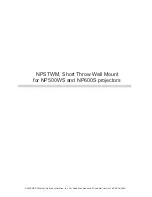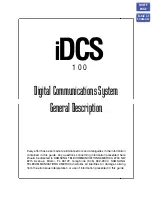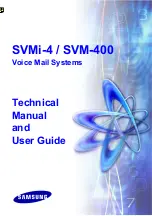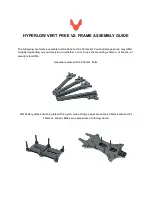
Installing the Sensor
Page 5
Choosing a Location for the Sensor
Use the suggestions below to find a suitable location in which to mount the
sensor. Care taken in choosing a location improves the accuracy, reliability, and
durability of the sensor. The ideal location would be on the NORTH SIDE of
the building (south side in the Southern Hemisphere).
Note:
You should always take into consideration, when choosing a location for the sensor, the objects
nearby. Objects which heat up in direct sunlight or produce radiative cooling effects may affect
the temperature readings by changing the surrounding air temperature.
Look for a location which satisfies the following requirements (Davis’ Radia-
tion Shield provides additional protection for the sensor):
✦
Place the sensor in a location where it will not be in direct sunlight and where it
will have limited exposure to reflected sunlight.
If possible, place the sensor at least 5 feet from any surface which is
exposed to direct sunlight because the heat from this surface may affect
air temperature readings in the vicinity.
✦
Limit the exposure of the sensor to the open night sky.
If you are unsure about a location's exposure to the night sky, check for
dew at that location on a light dewy morning. If the area is dry, the loca-
tion should work well.
✦
Place the sensor in a location at least 10 feet away from any lights or lamps.
✦
Place the sensor at least 5 feet from man-made sources of heat, such as vents.
✦
Keep the sensor away from AC power lines.
Keep the sensor and most of the cable at least 10 feet from 110 Vac, 60Hz
utility power. Do not run the sensor cable parallel to house wiring.
Mount the sensor at least 30 feet from high-voltage power lines and
transformers.
✦
When running the sensor cable, try not to run it across large metal objects (e.g.,
aluminum siding).


























